Search Posts
Recent Posts
- 2024 Rhode Island KIDS COUNT Fact Book released TODAY May 6, 2024
- Rhode Island Weather for May 6, 2024 – John Donnelly May 6, 2024
- Malnutrition aid for Gaza, Ethiopia, Sudan, Burkina Faso, Haiti. USAID funds for Edesia’s Plumpy’Nut May 6, 2024
- Incivility and Bullying will soon be against the law in Rhode Island – Mary T. O’Sullivan May 6, 2024
- Bipartisan support needed to re-establish House Aging Committee – Herb Weiss May 6, 2024
Categories
Subscribe!
Thanks for subscribing! Please check your email for further instructions.
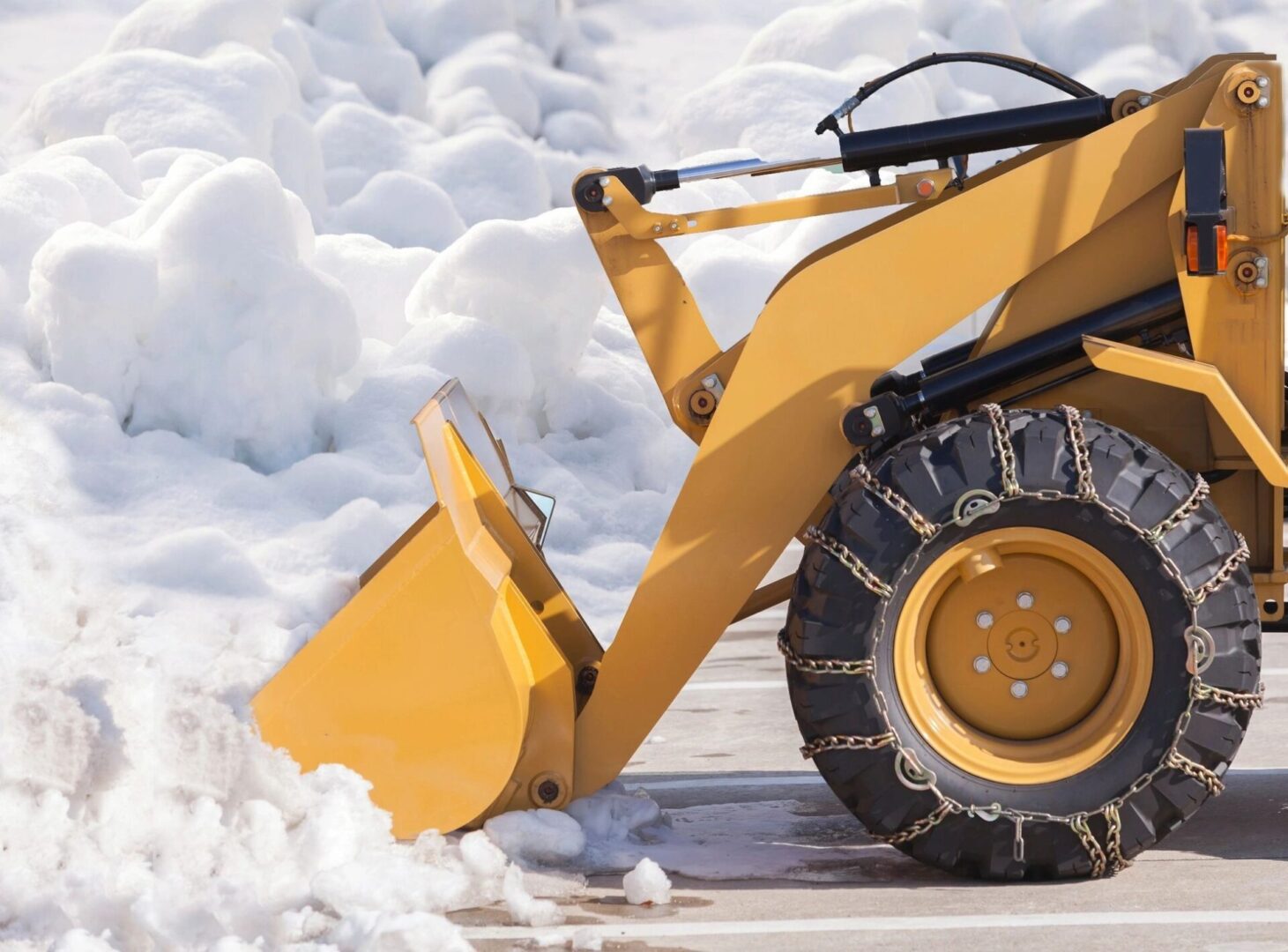
Get snow ready. DEM says find disposal sites safe for water supply. Plow, shovel ready. Bike lanes?
DEM Advises Identifying Potential Snow Disposal Sites to Prevent Contamination of Water Supplies this Winter
With the region’s temperature cooling and snowfall likely in the coming weeks, the Rhode Island Department of Environmental Management (DEM) is reminding businesses, households, community groups, and state and local government agencies to begin preparations for snow disposal. DEM has developed updated guidelines to assist organizations with selecting and preparing snow collection sites to minimize impacts on the environment and public health.
Snow collected from roads, parking lots, bridges, and sidewalks may contain harmful contaminants such as road salt, sand, pollutants, and litter that can compromise water supplies. To minimize the risks, DEM advises organizations to:
- Locate snow collection sites near or on permeable (porous) surfaces in upland areas away from water resources and wells. This will allow snowmelt to filter into the soil, leaving behind sand and debris. The latter should be removed as soon as possible, but no later than springtime.
- Prepare and maintain snow collection sites to maximize their effectiveness. Installing a silt fence or sediment barriers on the down-sloping side of the site, maintaining a vegetative buffer between the site and adjacent waterbodies, and clearing away debris before and after using the area for snow disposal are effective preparation techniques.
- Under normal winter conditions, store and dispose of snow only in upland areas and not in or near waterbodies or wetlands. DEM’s updated Snow Disposal Policy includes guidance on emergency disposal of snow under extraordinary circumstances when upland snow storage options are exhausted.
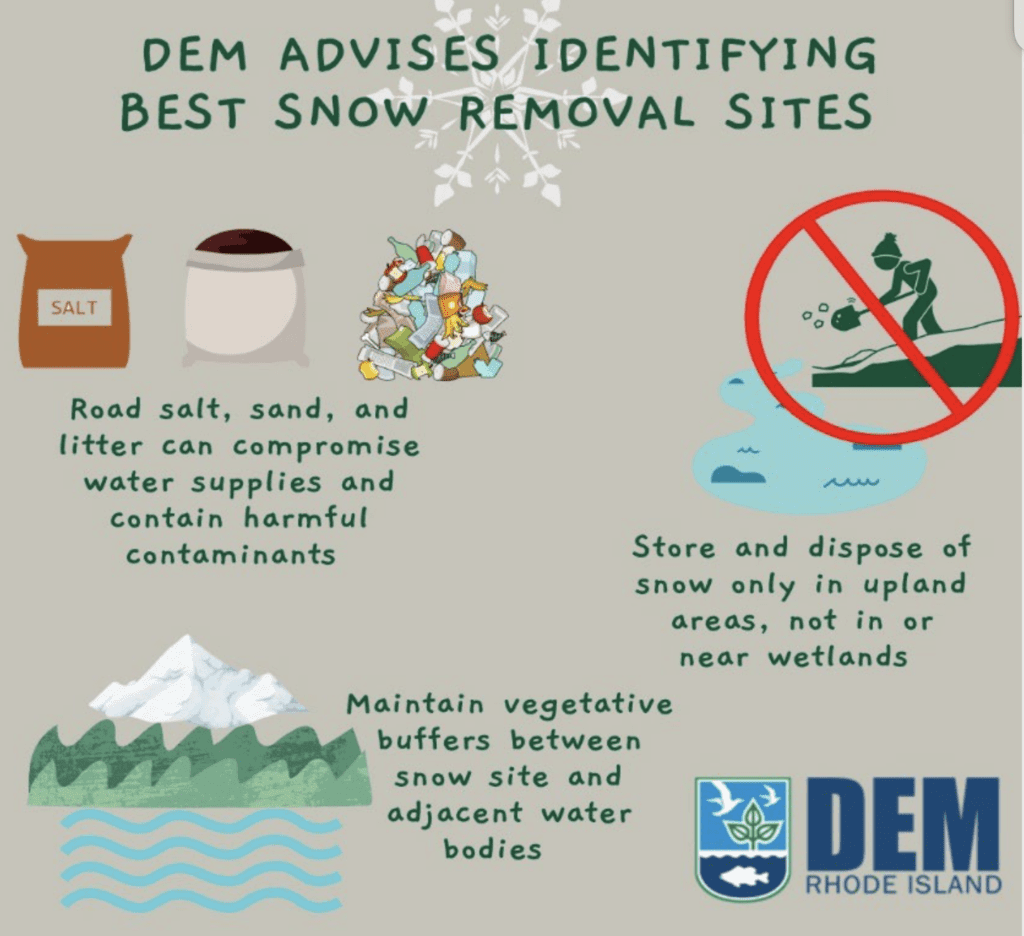
For more information, please contact Jennifer Stout in DEM’s Office of Water Resources via email at [email protected] or at (401) 222-4700 x2777726.
For more information on DEM programs and services, visit www.dem.ri.gov. Follow us on Facebook at www.facebook.com/RhodeIslandDEM, Twitter (@RhodeIslandDEM), or Instagram (@rhodeisland.dem) for timely updates.
___
More from State of Rhode Island on Snow Plowing and Removal
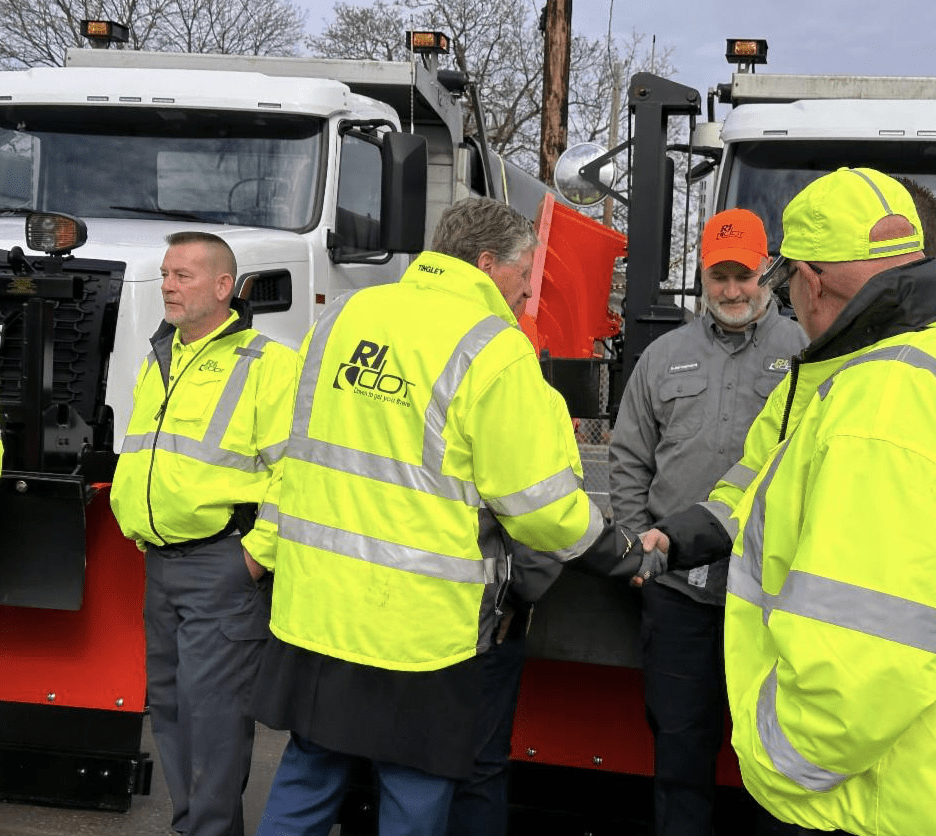
Governor Dan McKee and Rhode Island Department of Transportation (RIDOT) Director Peter Alviti, Jr. detailed their expansion and modernization of the state’s plow fleet with the addition of 26 new plow trucks this year.
The new trucks will help expand RIDOT’s state plow fleet to 168 trucks, increasing the state’s ability to handle storms in addition to its private vendor trucks. The Department will continue to clear the roads with the assistance of its reliable vendors, which add more than 260 trucks making a total of more than 425 trucks available for major storms.
“Rhode Island is well-positioned for whatever Mother Nature throws our way this winter,” said Governor McKee. “I’m proud of our team at RIDOT for modernizing and expanding its winter fleet as they continue to better maintain our roads and bridges and keep them safe for all users.”
“At RIDOT we are committed to providing safe, well-maintained roads for Rhode Islanders and the investment in these new vehicles is the latest sign of that commitment to make sure our Maintenance forces have the latest equipment to do their jobs and keep everyone safe this winter,” Director Alviti said.
The new trucks include seven six-wheel trucks and seven 10-wheel trucks – these are RIDOT’s largest trucks used to clear snow from the Interstates and other freeways. RIDOT this year also purchased 12 mid-size plow trucks that can be used for secondary roads or to work in tandem with lager trucks as needed.
Each of the larger trucks is equipped with GPS and other sensors that send information such as location, salt dispersal rates, and temperatures back to RIDOT’s storm operations center, allowing for better management of the fleet and RIDOT’s overall methods for clearing roads during storms.
The trucks meet the Environmental Protection Agency’s “Tier 4” emission standards, utilizing engines with advanced emission control technologies. Additionally, the trucks are fully undercoated and utilize stainless steel fittings in all hydraulic connections to extend the life of the trucks and protect them from corrosion.
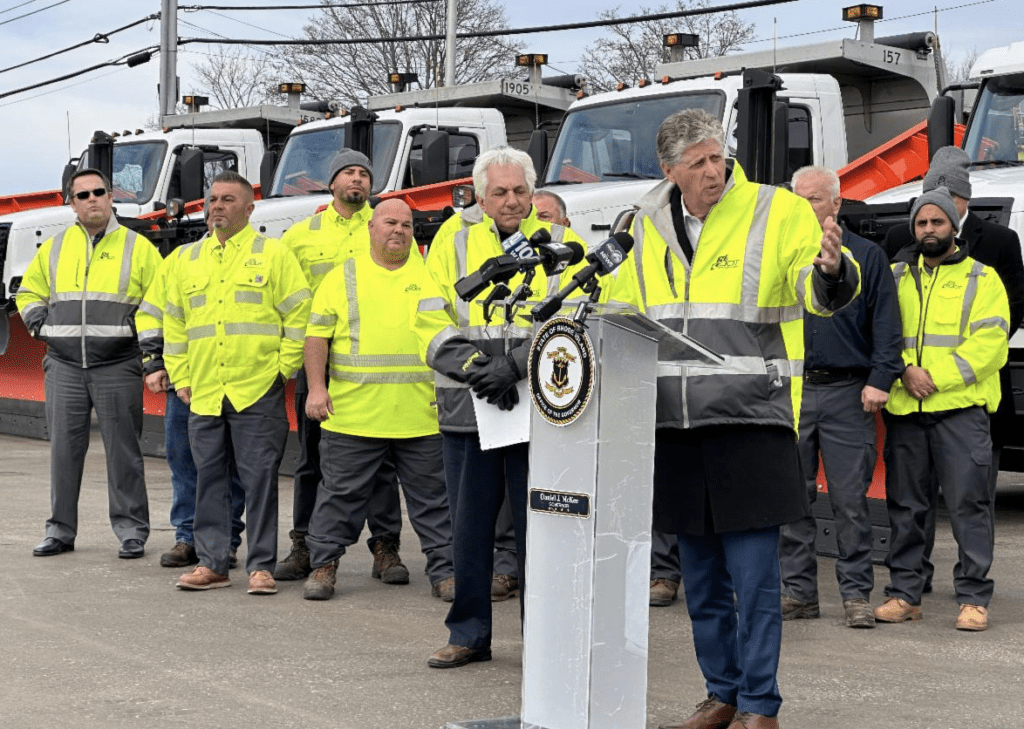
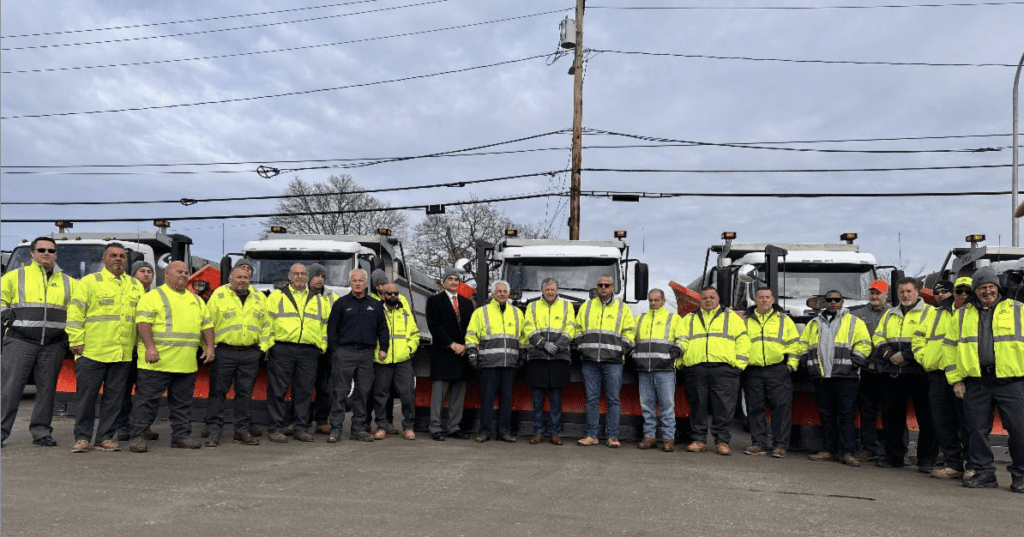
More Weather Stations for RI
In addition to the new trucks, RIDOT this winter is significantly expanding its network of weather stations from 11 to 36, with the addition of 25 state-of-the art sensors strategically placed throughout the state, including Interstate highways, large bridges, and other busy state roadways. These sensors provide information on air and surface temperatures and even provide information on the salinity level of water on the road. This information will help RIDOT manage salt usage especially in times of freezing rain or rapidly dropping temperatures when black ice formation is possible.
RIDOT also will continue to utilize hourly weather forecasting services and salt brine trucks to pre-treat the roads when possible to do so. The Department has 20 salt sheds and stockpiles which are fully loaded with 65,000 tons of salt on the ground and a system in place to readily replenish them as needed.
RIDOT budgets about $20 million a year for winter storm management. The Department responds to an average of 20-30 winter storms a year, often with rapidly changing conditions including heavy snowfall, rain, freezing rain, black ice, rapid freezing and even flooding. Maintenance forces are spread among seven districts statewide, able to direct the response as needed to meet the unique weather conditions in different parts of the state.
RIDOT offers these tips and suggestions for drivers to be ready for another season of winter driving:
- Get your car ready for winter conditions now. Make sure brakes, tires and batteries are in good shape and consider getting a tune up if it’s been a while. Snow tires are a good investment and can greatly improve safety when travel is unavoidable during a snow storm.
- Avoid unnecessary travel during storms, especially when snowfall is heaviest. Traffic congestion creates a snowball effect in which plows get stuck in traffic and can’t complete their routes in a timely fashion. In turn, roads become more snow covered between plow passes.
- Drive with care. If you absolutely have to be out during a storm, buckle up, reduce your speed, avoid distraction and never drive while impaired.
- Don’t crowd the plow – the safest place to be is a safe distance behind RIDOT’s plows and sanders. Do not attempt to pass plow trucks, especially on the right where large volumes of snow and slush are being pushed out of the lane of travel.
- Be patient. RIDOT and its vendor partners plow and treat roads on set routes, repeating them until the storm is over and the roads are clear. Be prepared for snow and slush-covered roads during storms while our crews do their job.
___
CRANSTON says “they’re ready”
Mayor Kenneth J. Hopkins says that Cranston officials are ready to tackle the upcoming winter and snow season. “I want to advise Cranston residents and businesses that our public works department is ready for sanding and plowing our local streets,” Hopkins said.
Hopkins stated that city officials have been planning and preparing for the upcoming winter and its impact on roads and the community at large. The mayor said his administration has been planning for the various contingencies that occur as the city faces the unpredictable weather of the New England region. “Our priority is the safety of all residents, school children, and businesses as we coordinate plans with public works crews and public safety personnel,” he said.
The mayor noted preparation meetings have been occurring over a broad range of city departments beyond just the front-line public works department. “I have also made sure that our police and fire departments, building maintenance, and senior services departments are all working together to be ready for the winter season,” Hopkins added.
Planning includes having sanding and snow plowing equipment ready, stockpiling salt and sand and attracting outside plow vendors to be available for larger snowstorms.
“Snow preparation does not start the morning of a snow fall,” said Hopkins. “The intensity of each storm varies but our proven program of pre-treating roads, being mindful of some areas with large hills, and keeping up with strong winds and varying accumulations is the challenge,” he said.
“I ask for everyone’s cooperation and patience,” said Hopkins. “Common sense must prevail by residents before venturing out on the roads. Let the highway crews do their work without dealing with stuck vehicles around neighborhoods that slow down our plowing operations. For everyone’s safety, let us get the roads plowed and schools open for students.”
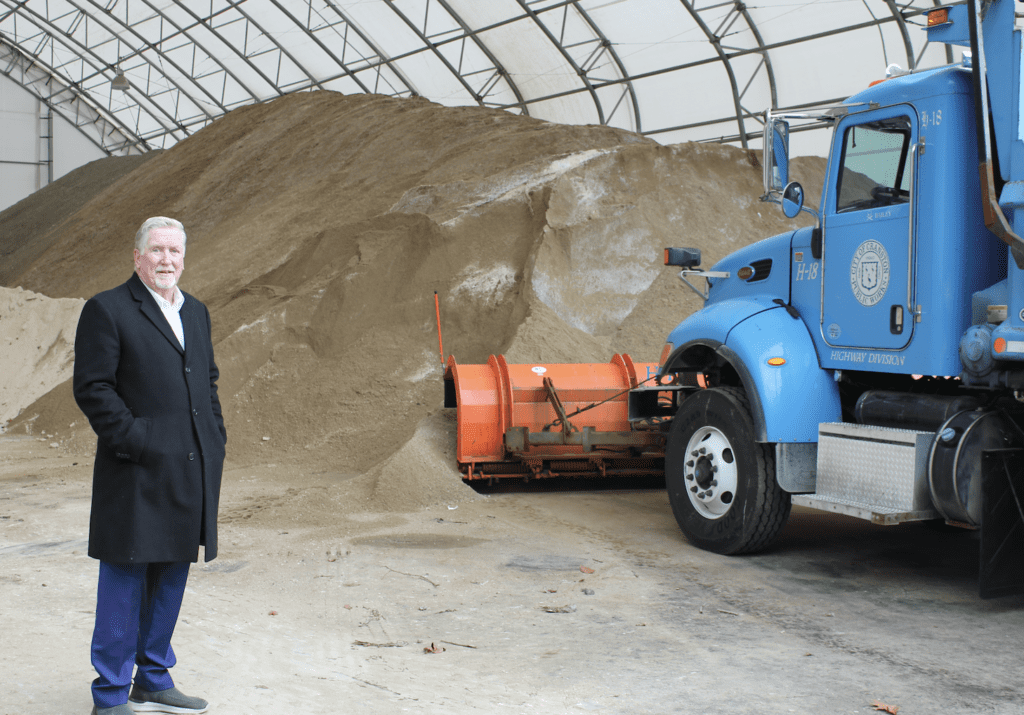
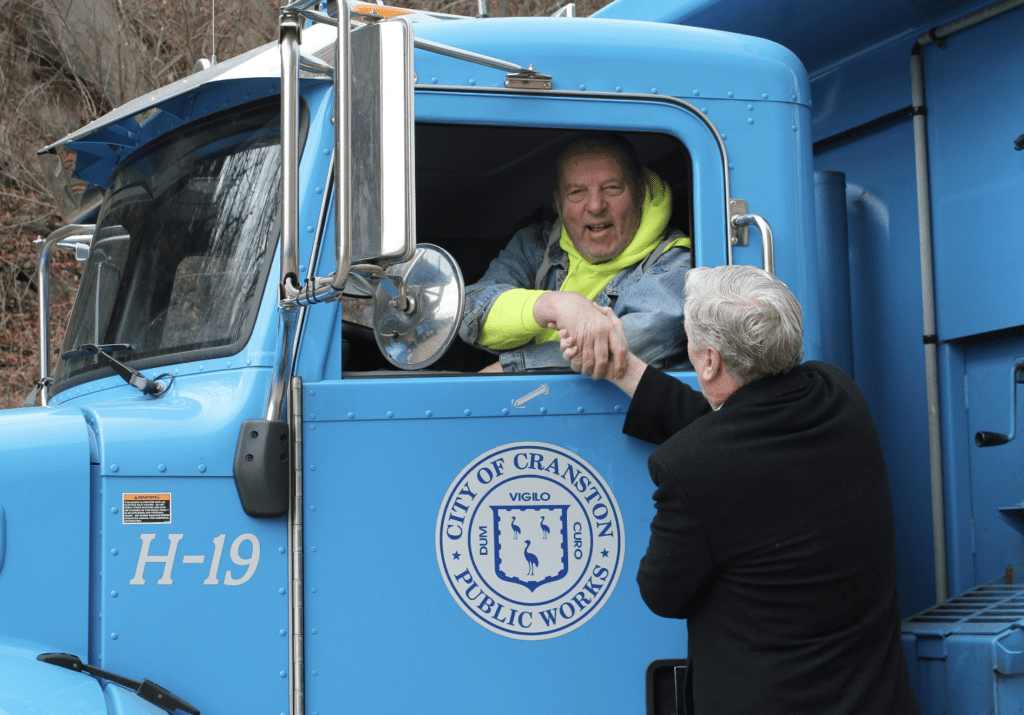
The mayor said residents can play a vital role in helping the city during snowstorms. He cited these points:
- Follow local weather forecasts and make sure adequate food and water supplies are made in advance.
- Be ready for power outages with flashlights, batteries, and generators.
- Sign up for media or broadcast announcements for school and work delays or cancellations.
- Use caution in shoveling but try, and keep sidewalks in front of homes and businesses clear.
- Observe parking bans and keep Cranston streets clear for plowing.
- Keep an eye on elderly neighbors or residents who may need assistance.
- Be aware of warming or emergency shelters opened if needed.
- Contact police or fire departments for emergency matters that need immediate attention.
The mayor emphasized that School Superintendent Jeannine Nota-Masse has one of the more difficult jobs in making judgment calls to open or keep schools closed. Hopkins stated that while the decision is the superintendent to make, he tries to support and share the best information he can with her. Hopkins said often in the middle of the night or early morning she must make a tough call on opening schools.
“Student safety and the ability for staff to get to school take priority,” Hopkins said. “We review the early morning forecasts, predicted length and severity of snowstorms, and the status of street plowing and snow removal around the schools. Most times the right call is made but occasionally a storm switches up both in a good or bad way.”
Mayor Hopkins said that the city snow budget is about $825,000 for plowing, material, equipment repairs, overtime, and outside contractors. He said that figure does not include regular employee salary costs for highway maintenance personnel.
“We are ready and ask Cranston citizens to work with us as they always do to help us navigate the upcoming season of snow and winter challenges,” Hopkins concluded.
___
Clear your sidewalks – residential and business
Yes, it’s the law, with few exceptions, that businesses have 24 hours to clear the snow from in front of their business – the public sidewalks need to be cleared. Businesses and residences are both subject to that. Fines can be levied.
Some cities – such as Pawtucket – have recruited young people to shovel snow for their neighbors who cannot do it – seniors or the disabled. Pawtucket’s program is already closed for 2023-2024’s snow season with so many requests and program coordinators are heavily recruiting those to shovel now. Cranston‘s program, done years ago, is no longer operating. Cranston Senior Services did not respond to why the program isn’t happening, but the city could reinstitute it if communities asked for it. There may be other cities and towns who have programs – contact them directly if interested.
Protected Bike Lanes
We asked about the streets with protected bike lanes – those with bollards separating the lanes from the lane of travel.
From the RIDOT – Charles St Martin, Chief of Public Affairs: “We don’t have any such bike lanes (separated from traffic by bollards or delineators) on state-maintained roads. We plow all state-maintained roads curb to curb. Any bike lanes or roads marked as share-the-road (not separated by bollards/delineators) on our roads will be cleared when the vehicular travel lanes are cleared.”
In Boston, DPW says, “We anticipate clearing protected bike lanes within 24 hours after the end of the snow fall”. What they use to do that is not clear.
Providence and Cranston did not respond to our inquiry by publication time. Cranston notes the importance of pre-treating roads.
Notably, some of the traffic calming humps that are rubber are removed by Providence DPW prior to the snow season, and replaced again in the fall. Trucks can’t plow or can’t plow effectively on streets with concrete traffic humps. A few years ago the rubber ones were not taken up and were mangled in the plow process.
There are some communities – mainly in Canada and in the mid-west who have invested in special little plows to take care of protected bike lanes – there is a “white paper” done by Alta Planning and Design for those who really want to delve into the public works ins and outs of plowing protected lanes.
There are also lots of photos where city plows plow over the bollards or other dividers, mowing them down in the process. When the experimental bike lanes were installed on Hope Street for a few weeks we asked the Providence Fire Department about what they do to get through if the road becomes so narrow that they can’t pass and they said they go right over them – “emergency services come first”.
Cities in Europe, such as Amsterdam, are now experimenting with heated bike lanes – many because cars have been so restricted, and bike riding has taken the priority that shutting them down could paralyze transportation in the city.
With most bike lanes, realistically in Rhode Island, unplowed, the car travel lane will push the snow into the bike lanes – leaving adventuresome bikers having to bike either on the sidewalk or in the roadway.
So as we see these lanes go in on streets such as Broad Street, and South Main Street, and others, with or without protecting bollards – or the separate bike paths – will Rhode Island be investing in their winter snow care and maintenance? Is it even needed? What about traffic-calming bump outs? Will plows just avoid plowing those roads – or is curb to curb not an option, as has been the goal for every major city and town plowing Rhode Island roadways.
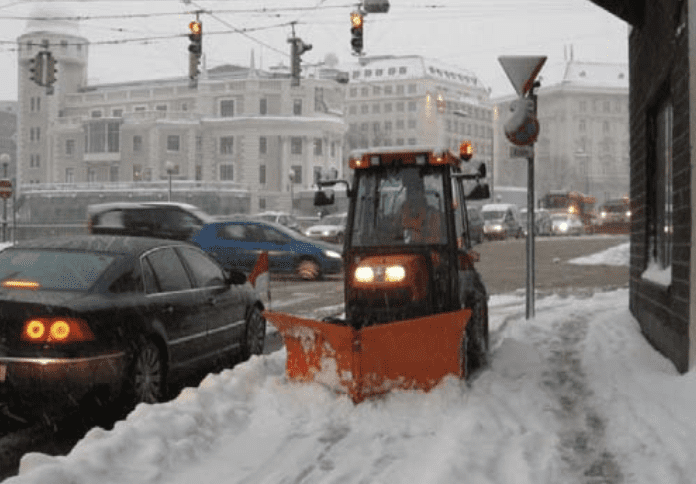

the reality is that despite what the law says, sidewalks are often not cleared after snow storms, sometimes even when the adjacent property is public. Worse, businesses sometimes pile up snow from their private parking lots onto the public sidewalks, leaving snowbanks long after much of the rest of the snow has melted. There is little enforcement in most towns, though the Elorza administration did take some steps to help in Providence.
RIPTA has a contract to take care of bus shelter snow, but other bus stops and the sidewalk access to them are often blocked for some time. There seems to be inadequate concern for bus riders and others who must or want to walk. Sad!